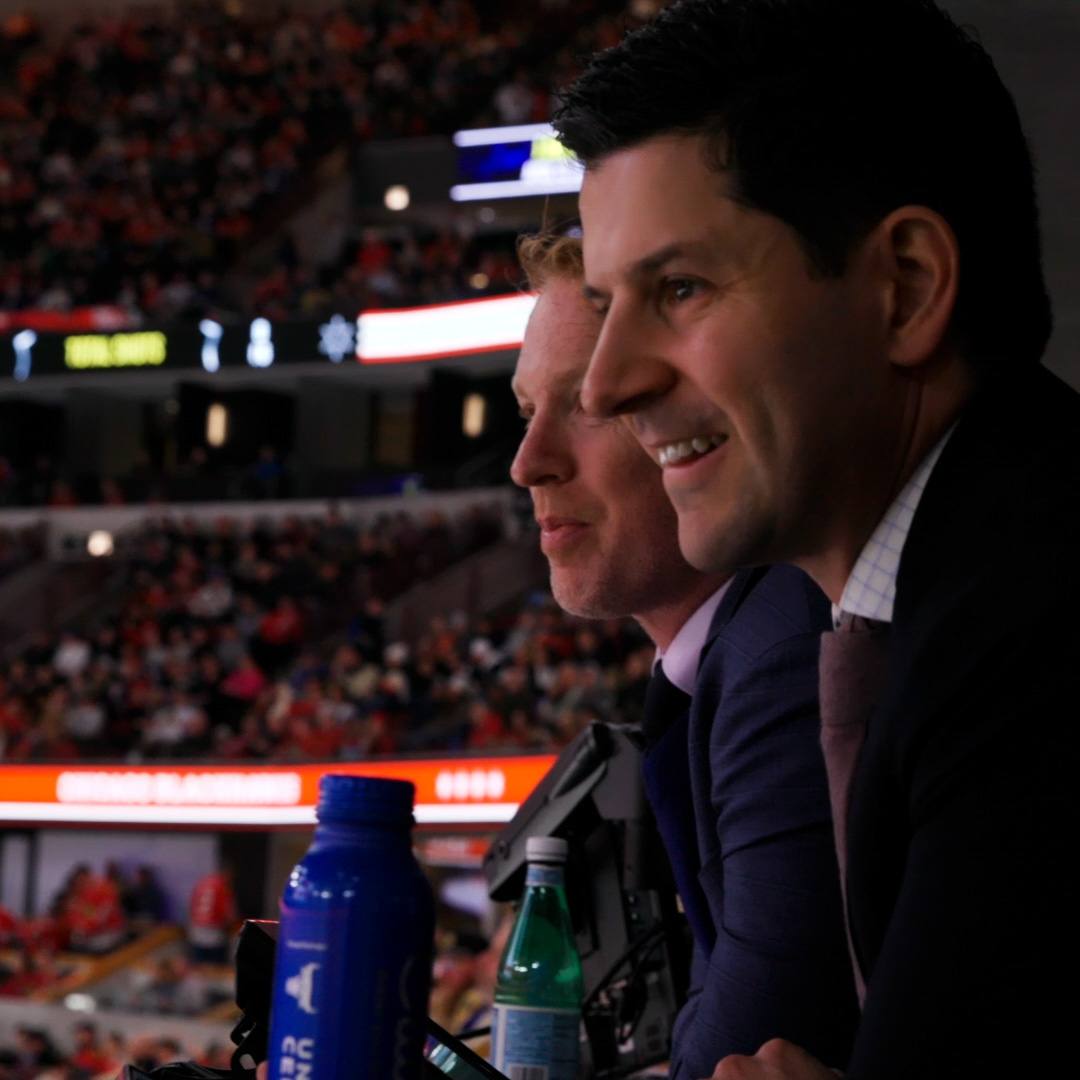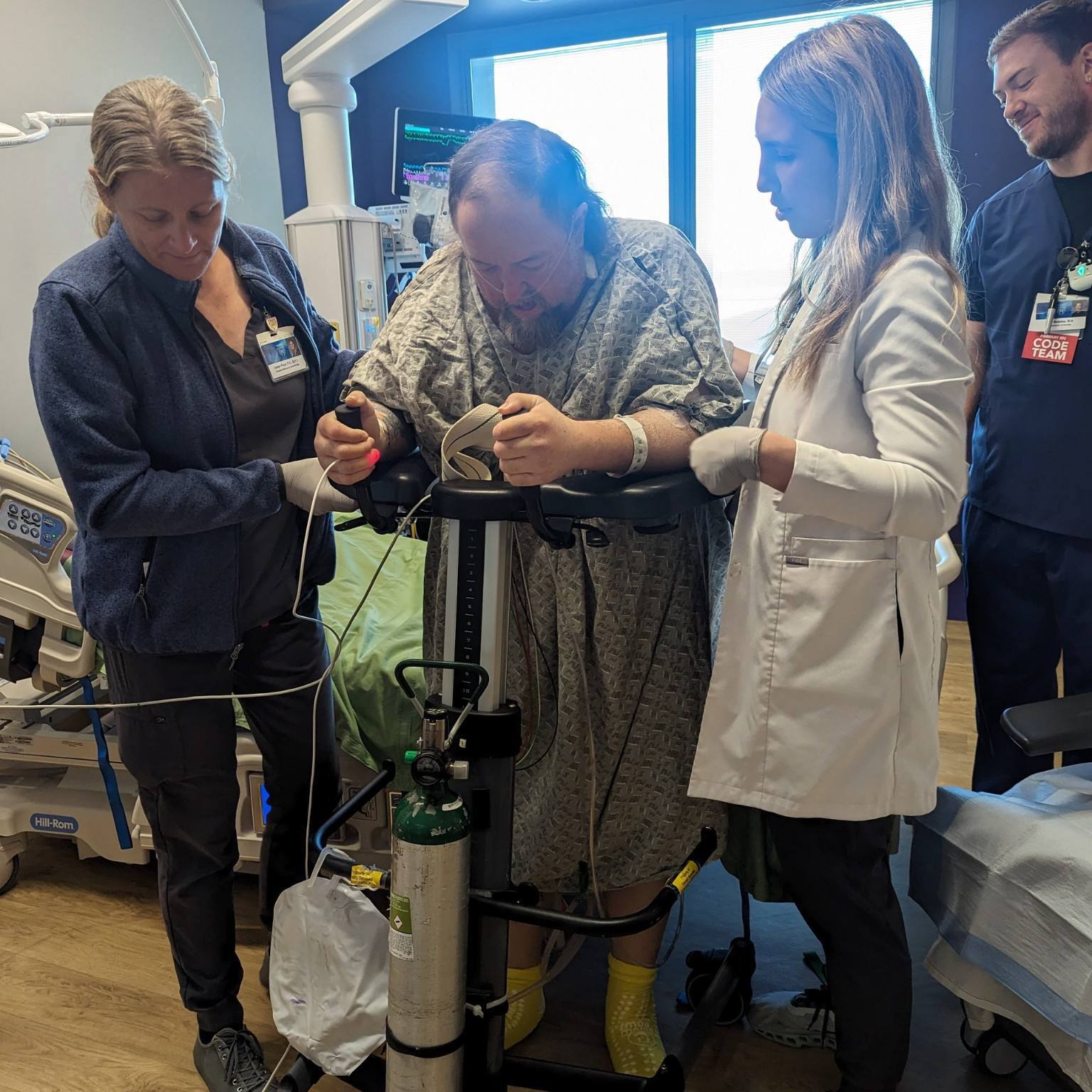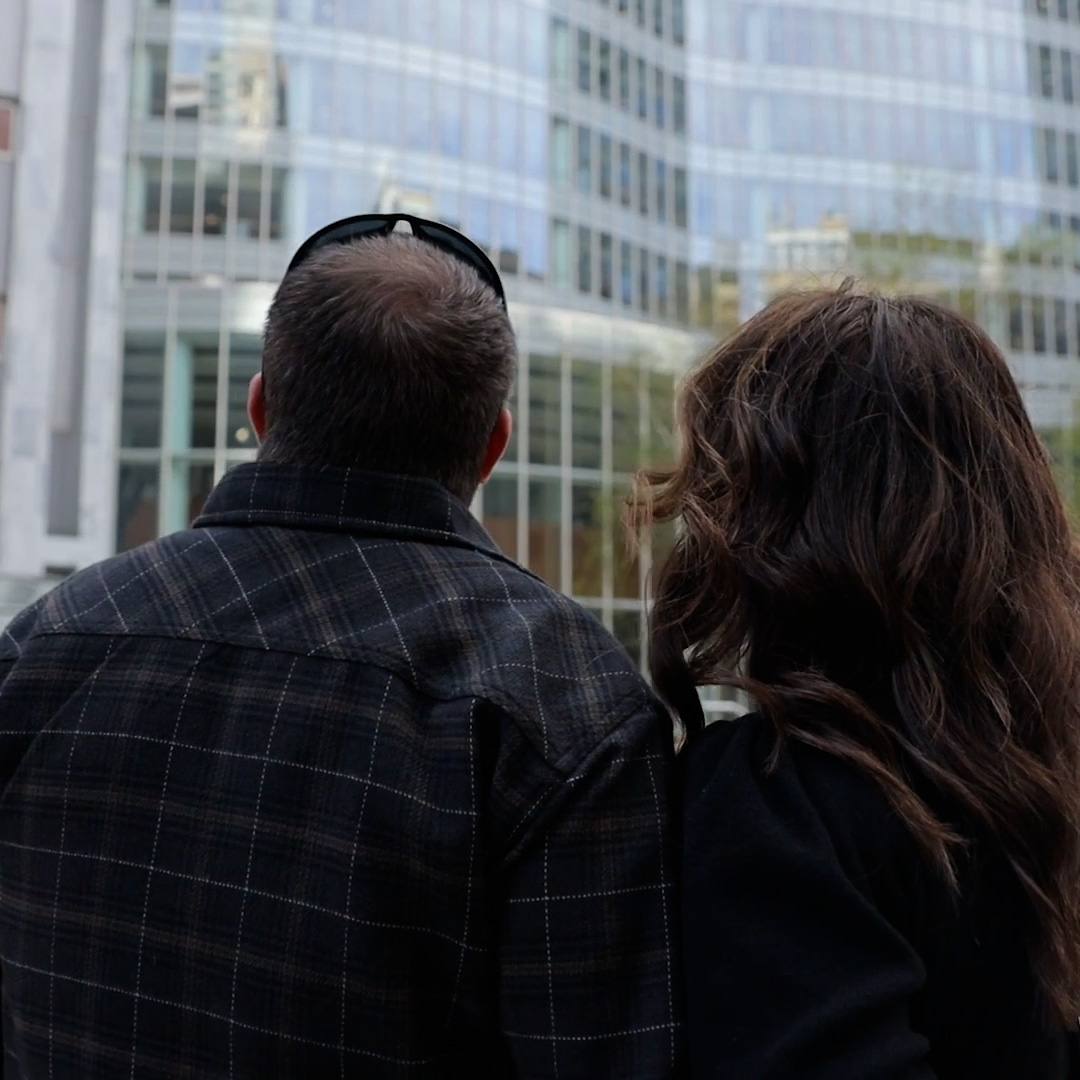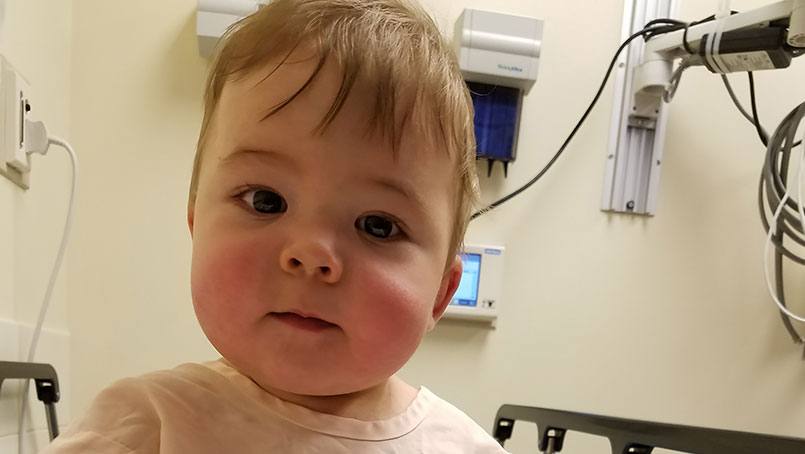 Jennifer Gutman calls the day doctors diagnosed her youngest son, Lucas, with hypoplastic left heart syndrome the worst day of her life. The severe heart defect, sometimes referred to as HLHS, was uncovered during what Jennifer and her husband, Brian, thought would be a routine ultrasound.
Jennifer Gutman calls the day doctors diagnosed her youngest son, Lucas, with hypoplastic left heart syndrome the worst day of her life. The severe heart defect, sometimes referred to as HLHS, was uncovered during what Jennifer and her husband, Brian, thought would be a routine ultrasound.
The startling news brought immediate fears for Lucas’ future.
Determined to help Lucas, Jennifer’s sister-in-law, a physician, reached out to medical colleagues for advice. One of the phone calls she made led her to Timothy Nelson, M.D., Ph.D., at Mayo Clinic in Rochester, Minnesota. Connecting with Dr. Nelson and his team has made the long-term outlook for Lucas and his family considerably brighter.
A unique treatment option
In children born with HLHS, the left side of the heart is critically underdeveloped, and it can’t effectively pump blood to the body. Instead, the right side must pump blood to the lungs and to the rest of the body. But the heart’s right side isn’t designed to do that work. If left untreated, an infant with HLHS will likely die.
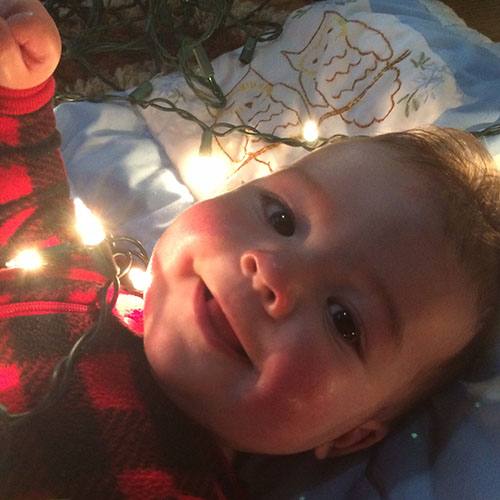 Typical treatment for HLHS involves medication, a series of surgeries and, in some cases, a heart transplant. But Dr. Nelson and his colleagues are researching new treatment options for these children.
Typical treatment for HLHS involves medication, a series of surgeries and, in some cases, a heart transplant. But Dr. Nelson and his colleagues are researching new treatment options for these children.
As lead researcher in Mayo Clinic’s Hypoplastic Left Heart Syndrome Program, Dr. Nelson is working to determine whether regenerative therapies like stem cell injections can strengthen the right side of the heart in individuals who have HLHS enough to delay — or even prevent — the need for a heart transplant later in life.
After speaking with Dr. Nelson, the Gutmans decided to proceed with having stem cells from Lucas’ umbilical cord blood stored with Dr. Nelson’s research team at Mayo Clinic in hopes that Lucas would be a candidate for a clinical research trial the team was developing.
A few months after Lucas’ birth, not only did Dr. Nelson tell Jennifer and Brian that Lucas was a candidate for the clinical trial, he’d be the sole child enrolled in the study at the time. That initially made Jennifer uneasy.
“When I found out he’d be the only child in the trial I was scared,” she says. “But the research team never pressured us. They understood it was a big decision.”
After giving it considerable thought, Jennifer and Brian decided to go forward with the clinical trial. “Not just for Lucas, but for all HLHS kids,” she says. “We want to keep pushing forward to try and find the best outcomes for these kids.”
“To have a team of people who go through all of this ... that means everything to us.” - Jennifer Gutman
Dr. Nelson injected the banked stem cells from Lucas’ umbilical cord blood into the right side of his heart in December 2015. Although there were several post-procedure complications, after a series of checkups at the one-month, three-month, and six-month mark, the initial results look promising for Lucas.
“His heart function right now is about as good as it can be with HLHS, which is huge,” says Jennifer.
It could be many years before Jennifer and Brian know definitively whether the stem cell infusion was enough to keep Lucas from needing a heart transplant. But there is one thing Jennifer and Brian know with certainty right now.
“We’re 100 percent sure that Dr. Nelson and his research team are doing everything they can to tip the odds in Lucas’ favor. I’m so happy with his care at Mayo,” Jennifer says. “To have a team of people who go through all of this with you and who you can clearly see are all in with helping these kids — that means everything to us.”
A helping hand
Jennifer says one of the shining stars of Lucas’ team has been Karen Miller, clinical research coordinator for the Hypoplastic Left Heart Syndrome Program. Jennifer says Miller went out of her way to meet her and Lucas in the waiting room before every appointment and personally walk them wherever they needed to go.
“She’s an absolute godsend,” Jennifer says of Miller. “She works so hard and is so easy to talk to. She’s one of our favorite people at Mayo Clinic.”
Miller says she’s happy to do her job for these patients and families. “Many of the families who come here to participate in our HLHS research studies have never been to Mayo Clinic before,” she says. “They’re overwhelmed and nervous. A lot of times they have other small children with them. I’m a parent myself, so I know that traveling with small children is not an easy thing to do.”
That’s why with Jennifer, Brian and Lucas, as with all of her patients’ families, Miller says she felt it was her duty to help in any way that she could.
“I’m part of their Mayo Clinic experience, so it’s important to me that I’m there for them as much as I can be.” - Karen Miller
“I’m part of their Mayo Clinic experience, so it’s important to me that I’m there for them as much as I can be,” she says. “I also hope it shows them how much we appreciate them coming here to participate in our studies.”
Miller, however, admits there’s another reason why she does everything she does for those who participate in the program.
“The benefit for me is that I love spending time with these families during their visits here,” she says. “I really enjoy getting to know them and hearing their stories. That’s my favorite part of the job.”
It’s also the part that she’ll miss most about Lucas, now that he’s finished his last treatment as part of the stem cell study.
“It’s been really fun to see him grow,” Miller says. “The last time that I saw him, I couldn’t get over how heathy he looked. He’s just such a happy, sweet little boy. I feel blessed to have met him and his family because they’re all great. But I’m most grateful for how well he’s doing.”
HELPFUL LINKS
- Learn more about the Hypoplastic Left Heart Syndrome Program.
- Read about clinical trials at Mayo Clinic.
- Explore Mayo Clinic’s Rochester campus.
- Request an appointment.
Related Articles
